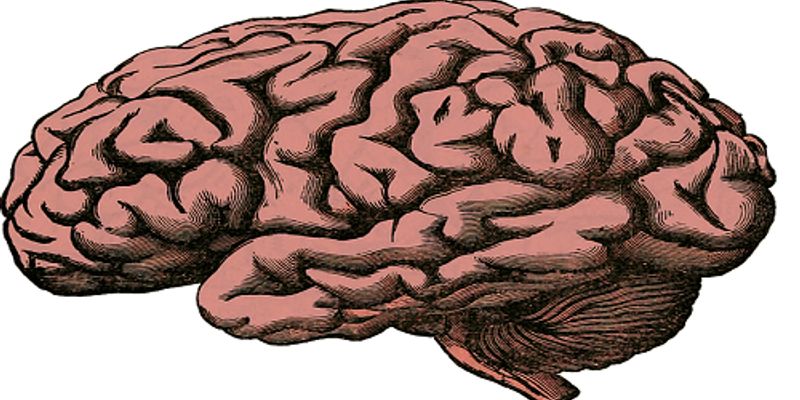MAR 20, 2014 | 2:00 PM
Parkinsons disease is the most common neurodegenerative movement disorder. Over the past few years, studies have identified a number of genes that cause or contribute to the pathogenesis of t...
The therapeutic utility of stem cells is rooted in an understanding -- and exploitation -- of their natural role from earliest development to lifes end. Their job is first to participate in o...
MAR 20, 2014 | 1:00 PM
The cholinergic system is a potent neuromodulatory system which plays a critical role in cortical plasticity, attention and learning. The cholinergic activation of the cortex increases the si...
MAR 20, 2014 | 1:00 PM
Using high throughput next-generation sequencing to simultaneously search large number of genes for pathogenic mutations has numerous advantages. It decreases the pressure to narrow the dif...
MAR 20, 2014 | 1:00 PM
Neural stem cells exist in the adult mammalian brain throughout life. They reside in the subgranular layer of the dentate gyrus and in the subventricular zone. Neural stem cells have the capa...
MAR 20, 2014 | 12:00 PM
Spatially restricted protein synthesis is an important mechanism for the development and maintenance of many morphologically polarized cells including neurons. While most proteins are synthes...
MAR 20, 2014 | 12:00 PM
Alzheimers disease (AD) is a common neurodegenerative disorder characterized clinically by progress decline in memory and thinking and pathologically by the presence of senile plaques and neu...
MAR 20, 2014 | 12:00 PM
Assessment of sensorimotor and cognitive function plays a crucial role in all facets of patient care, from diagnosing the specific disease or injury, to management and monitoring of rehabilit...
MAR 20, 2014 | 11:00 AM
Alzheimers disease (AD) is a neurodegenerative disorder producing cognitive impairment and dementia in millions of elders. Currently no treatment is effective to slow the progression of AD. M...
MAR 20, 2014 | 10:00 AM
With a rising prevalence recently exceeding 1%, autism spectrum disorder (ASD) has become a pressing public health issue. Crucial hurdles on the way to targeted treatments are (i) the relianc...
MAR 20, 2014 | 10:00 AM
When speaking of neurodegenerative diseases, average public is not made aware of the true cost that brain related disorders have on annual budget. The true impact on economy is not usually...
MAR 20, 2014 | 10:00 AM
Neuroimaging plays a large role in our pursuit of the understanding of behavior and cognition in health and disease. The past decade has seen the emergence of a wealth of resources that suppo...
MAR 20, 2014 | 9:00 AM
The Brain Research through Advancing Innovative Neurotechnologies (BRAIN) Initiative is part of a new Presidential focus aimed at revolutionizing our understanding of the human brain. By acce...
The therapeutic utility of stem cells is rooted in an understanding -- and exploitation -- of their natural role from earliest development to lifes end. Their job is first to participate in o...
























